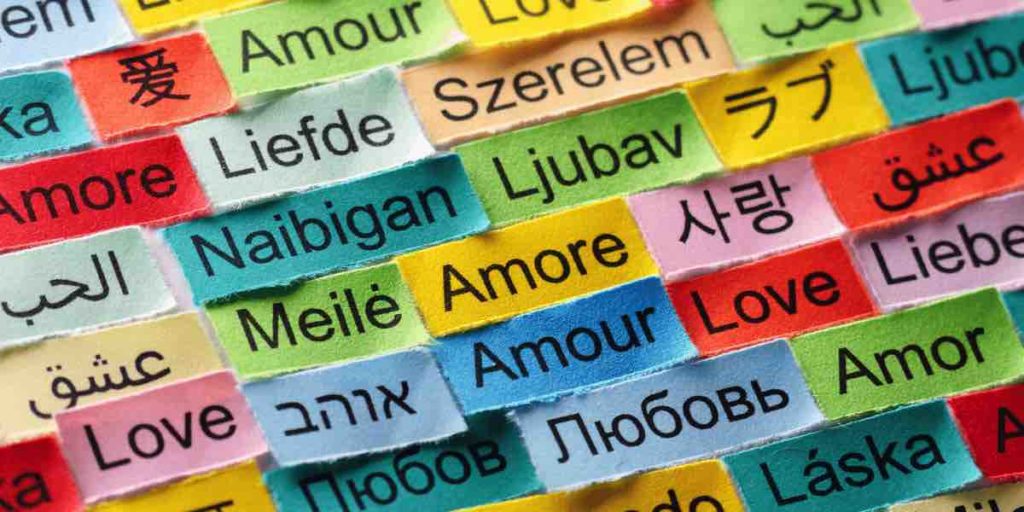The internet has truly made the world a global village, connecting people from different corners of the world. As businesses and websites cater to a diverse audience, the importance of multilingual content has never been more pronounced. This article explains the essence of multilingual tags, their significance, and how they play a role in multilingual SEO.
What is multilingual SEO?
🌍 Multilingual SEO Explained:
Picture this: You own a vibrant toy store, aiming to attract kids globally. But, kids from different corners of the world speak varied languages. To ensure every child understands your offerings, you place signs in multiple languages. English for the USA kids, Spanish for those from Spain, and so on. This ensures every child feels at home, easily locating their cherished toy.
Similarly, in the digital world, multilingual SEO acts as those multi-language signs for your website. It ensures that global visitors can find and comprehend your site in their native tongue. For instance, a French visitor would see your content in French, making it straightforward for them to grasp your offerings.
Multilingual SEO is your website’s way of “speaking” to visitors in their language, creating a welcoming environment for all, irrespective of their origin.
What's the difference between hreflang tags and Multilingual tags?
🌐 Understanding Language Tags for Websites:
When you come across terms like “hreflang” and “multilingual” tags, it’s all about websites speaking multiple languages. But they’re not the same. Let’s understand the difference with examples:
1. hreflang Tags Example:
- Purpose: The `hreflang` tag is a way to tell search engines the language of a webpage. It ensures users find pages in a language they understand.
- Usage: You’ll find it in the “ section of a page or in sitemaps for search engines.
- Example: If you have a website in English for the US and another in Spanish for Spain, hreflang tags help search engines show the right version to users.
<link rel="alternate" hreflang="en-US" href="http://example.com/en-us/" /><link rel="alternate" hreflang="es-ES" href="http://example.com/es-es/" />
2. Multilingual Tags Example:
- Purpose: “Multilingual tags” isn’t a standard term like “hreflang.” It’s more about tags that help show content in different languages on a website.
- Usage: These can be HTML tags or specific tags from website-making tools that help show content in different languages.
- Example: An HTML tag can have a `lang` attribute to show the language of the page’s content.
<html lang="en">
To wrap it up, “hreflang” tags help search engines, while “multilingual” tags help websites show content in different languages. Both are important for websites that speak to a global audience.
Common Multilingual Codes and Their Corresponding Languages List
🌍 Speaking the Language of the Web:
Every language has its own unique code on the internet. These codes, often taken from the ISO-639 standard, help websites know which language to display. Let’s look at some common ones:
This is just a snapshot. There are many more language codes out there. If you’re curious about a specific language or want a complete list, you can check the ISO-639 standard or the SIL ISO-639-3 Registry.
🌐 Connecting Globally with Multilingual SEO:
Speaking the language of your audience is like having a universal solution. Think of multilingual SEO as your essential tool, allowing you to connect with people from all corners of the globe. By optimizing your website for different languages, you’re not just expanding your reach; you’re also making it more welcoming and accessible to a worldwide audience.
As you conclude this exploration of multilingual SEO, remember that it’s an exciting adventure. It’s all about breaking down barriers, broadening your horizons, and forming meaningful connections. Whether you’re a website owner or just curious about SEO, keep exploring and learning about this ever-changing digital space.
To delve deeper into the art of optimizing your content for search engines, take a look at this comprehensive guide on on-page SEO. And if you need expert assistance to navigate the SEO maze, consider hiring our SEO services.
With multilingual SEO in your toolkit, you have the key to making your online presence resonate with a global audience. So, go ahead and explore this world of possibilities!




